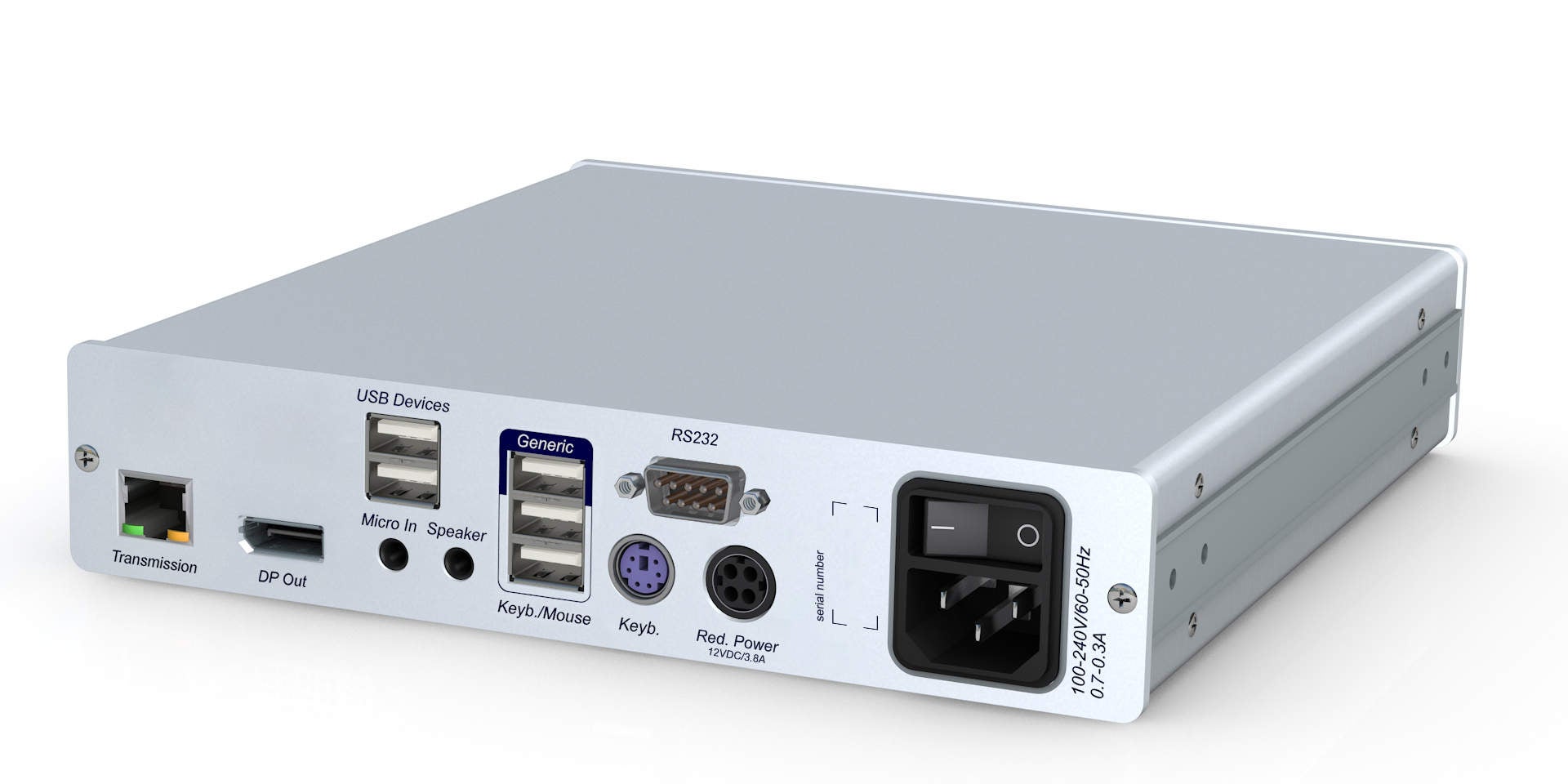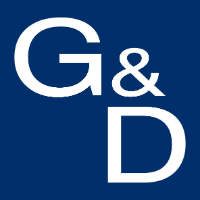
Air traffic control rooms are highly critical areas. The complex and extremely responsible tasks of air traffic controllers and control room staff demand a great deal from them. Therefore, all IT components must be absolutely reliable. Accordingly, the regulations on how air traffic control rooms must be equipped and the standards that the technology used in these rooms must meet are extremely high.
Everything has to run perfectly and flawlessly in order to enable air traffic controllers to concentrate and carry out multiple tasks at the same time. It is hard to imagine how all of this would be possible with several dozens of noisy computers in the room interfering with the work of the controllers.
Already well-stablished in the ATC sector, KVM systems from Guntermann und Drunck help remove powerful and noisy computers from the control room and place them in an air-conditioned technical room. It is important to avoid heat and noise emissions in ATC rooms. KVM systems build a bridge to the remotely stored equipment. Nevertheless, the computers can still be operated in real time, as if they were still placed at the workplace. The German manufacturer will be presenting such highly reliable KVM systems for mission-critical applications in the ATC sector at this year’s ATCA Annual, from 15-18 October 2017, booth 507, National Harbor, MD, USA. The KVM systems made in Germany form an absolutely reliable bridge between the server and the ATC room. But which aspects are important for selecting such systems, and what do you have to consider before purchasing KVM equipment tailored to your air traffic control room?
Compressed or uncompressed – the core issue of video transmission
Often, the video quality is one of the most crucial factors when choosing KVM equipment. Air traffic controllers must be able to rely on the fact that what they see on their screens is actually a real-time display – without latency and without impairing the image quality. Thanks to G&D’s KVM technology, it is possible to bridge large distances between the computers in the server room and the ATC room so that air traffic controllers can operate their computers in real-time.
However, the question of whether to use compressed or uncompressed video transmission must be answered individually. The decision for one of these systems depends on many factors. Uncompressing systems require a high bandwidth in order to transparently transmit the incoming, high-resolution video signals of the computer without any loss to the monitor. A high bandwidth, in turn, requires a more powerful, more expensive system. The results of such high-quality systems are absolutely reliable, because the controllers are able to see every single pixel transmitted.
Uncompressing systems such as the DP1.2-VisionXG transmit the information pixel-perfect, without any latency and lossless. Even high-resolution 4K and 8K video signals can be transmitted over long distances at a full refresh rate of 60Hz. The KVM extender is the first and only KVM system in the world that can extend 8K video signals uncompressed and transparent over distances of up to 10,000m. The device consists of a computer and a user module and is equipped with up to four video channels. The DP1.2-VisionXG uses optical fibres for the dedicated transmission of signals. Thus, the system provides enough bandwidth for uncompressed, high-resolution DisplayPort 1.2 video signals, keyboard/mouse, RS232, USB2.0, and audio.
KVM extender DP1.2-VisionXG-MC4 for perfect video transmission, pixel by pixel up to 8K at 60Hz.
Compressing KVM systems and their place in the ATC industry
Compressing systems can also ensure very high video quality, but offer many other advantages, too. By compressing the video signals, the systems require a lower bandwidth and allow for more cost-effective components. Compared to uncompressed transmission via fibre-optics, the classic transmission via CAT cables offers significant advantages regarding costs.
An aspect that can be considered for each individual project with regards to the budget. However, CAT cables allow less bandwidth and require compression. The KVM extender DP-Vision1.2 is ready for both requirements and extends computer signals either via fibre-optics up to 10,000m or via CAT cables up to 140m.

